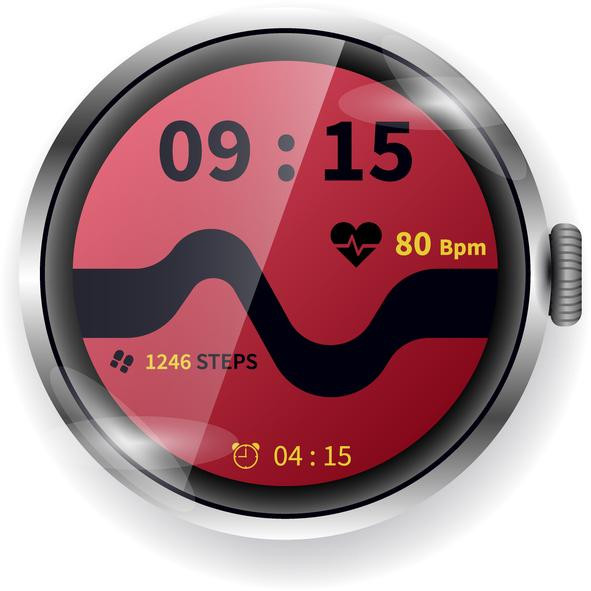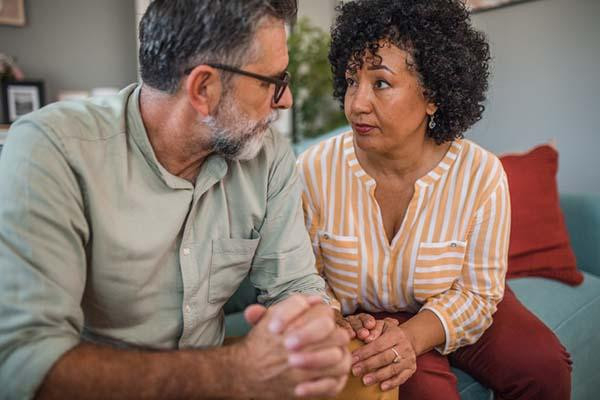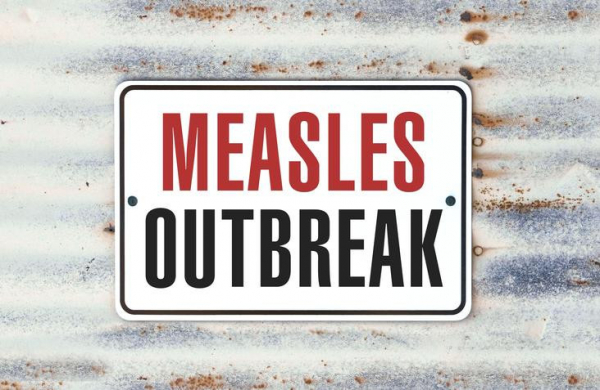
Have you met your step goals today? If so, well done! Monitoring your step count can inspire you to bump up activity over time.
But when it comes to assessing fitness or cardiovascular disease risk, counting steps might not be enough. Combining steps and average heart rate (as measured by a smart device) could be a better way for you to assess fitness and gain insights into your risk for major illnesses like heart attack or diabetes. Read on to learn how many steps you need for better health, and why tagging on heart rate matters.
Steps alone versus steps plus heart rate
First, how many steps should you aim for daily? There’s nothing special about the 10,000-steps number often touted: sure, it sounds impressive, and it’s a nice round number that has been linked to certain health benefits. But fewer daily steps — 4,000 to 7,000 — might be enough to help you become healthier. And taking more than 10,000 steps a day might be even better.
Second, people walking briskly up and down hills are getting a lot more exercise than those walking slowly on flat terrain, even if they take the same number of steps.
So, at a time when millions of people are carrying around smartphones or wearing watches that monitor physical activity and body functions, might there be a better way than just a step count to assess our fitness and risk of developing major disease?
According to a new study, the answer is yes.
Get out your calculator: A new measure of health risks and fitness
Researchers publishing in the Journal of the American Heart Association found that a simple ratio that includes both heart rate and step count is better than just counting steps. It’s called the DHRPS, which stands for daily heart rate per step. To calculate it, take your average daily heart rate and divide it by your average daily step count. Yes, to determine your DHRPS you’ll need a way to continuously monitor your heart rate, such as a smartwatch or Fitbit. And you’ll need to do some simple math to arrive at your DHRPS ratio, as explained below.
The study enrolled nearly 7,000 people (average age: 55). Each wore a Fitbit, a device that straps onto the wrist and is programmed to monitor steps taken and average heart rate each day. (Fitbits also have other features such as reminders to be active, a tracker of how far you’ve walked, and sleep quality, but these weren’t part of this study.)
Over the five years of the study, volunteers took more than 50 billion steps. When each individual’s DHRPS was calculated and compared with their other health information, researchers found that higher scores were linked to an increased risk of
- type 2 diabetes
- high blood pressure (hypertension)
- coronary atherosclerosis, heart attack, and heart failure
- stroke.
The DHRPS had stronger associations with these diseases than either heart rate or step count alone. In addition, people with higher DHRPS scores were less likely to report good health than those who had the lowest scores. And among the 21 study subjects who had exercise stress testing, those with the highest DHRPS scores had the lowest capacity for exercise.
What counts as a higher score in this study?
In this study, DHRPS scores were divided into three groups:
- Low: 0.0081 or lower
- Medium: higher than 0.0081 but lower than 0.0147
- High: 0.0147 or higher.
How to make daily heart rate per step calculations
Here's how it works. Let’s say that over a one-month period your average daily heart rate is 80 and your average step count is 4,000. That means your DHRPS equals 80/4,000, or 0.0200. If the next month your average heart rate is still 80 but you take about 6,000 steps a day, your DHRPS is 80/6,000, or 0.0133. Since lower scores are better, this is a positive trend.
Should you start calculating your DHRPS?
Do the results described in this study tempt you to begin monitoring your DHRPS? You may decide to hold off until further research confirms actual health benefits from knowing that ratio.
This study merely explored the relationship between DHRPS and risk of diabetes or cardiovascular disease like heart attack or stroke. This type of study can only establish a link between the DHRPS and disease. It can’t determine whether a higher score actually causes them.
Here are four other limitations of this research to keep in mind:
- Participants in this study were likely more willing to monitor their activity and health than the average person. And more than 70% of the study subjects were female and more than 80% were white. The results could have been quite different outside of a research setting and if a more diverse group had been included.
- The findings were not compared to standard risk factors for cardiovascular disease, such as having a strong family history of cardiovascular disease or smoking cigarettes. Nor were DHRPS scores compared with standard risk calculators for cardiovascular disease. So the value of DHRPS compared with other readily available (and free) risk assessments isn’t clear.
- The exercise stress testing findings were based on only 21 people. That’s far too few to make definitive conclusions.
- The cost of a device to continuously monitor heart rate and steps can run in the hundreds of dollars; for many this may be prohibitive, especially since the benefits of calculating the DHRPS are unproven.
The bottom line
Tracking DHRPS or daily activity and other health measures might be a way to improve your health if the results prompt you to make positive changes in behavior, such as becoming more active. Or perhaps DHRPS could one day help your health care provider monitor your fitness, better assess your health risks, and recommend preventive approaches. But we don’t yet know if this new measure will actually lead to improved health because the study didn’t explore that.
If you already have a device that continuously monitors your daily heart rate and step count, feel free to do the math! Maybe knowing your DHRPS will motivate you to do more to lower your risk of diabetes and cardiovascular disease. Or maybe it won’t. We need more research and experience with this measure to know whether it can deliver on its potential to improve health.
About the Author

Robert H. Shmerling, MD, Senior Faculty Editor, Harvard Health Publishing; Editorial Advisory Board Member, Harvard Health Publishing
Dr. Robert H. Shmerling is the former clinical chief of the division of rheumatology at Beth Israel Deaconess Medical Center (BIDMC), and is a current member of the corresponding faculty in medicine at Harvard Medical School. … See Full Bio View all posts by Robert H. Shmerling, MD Share























